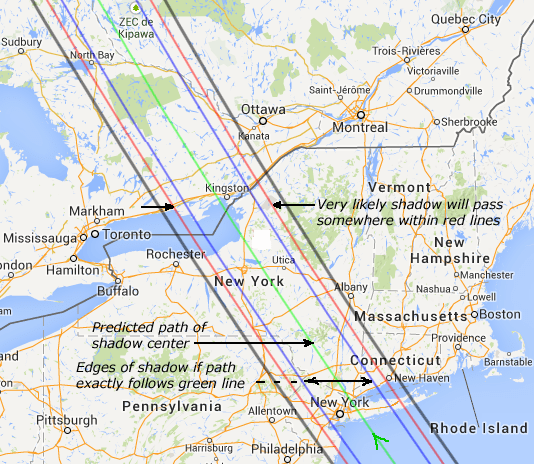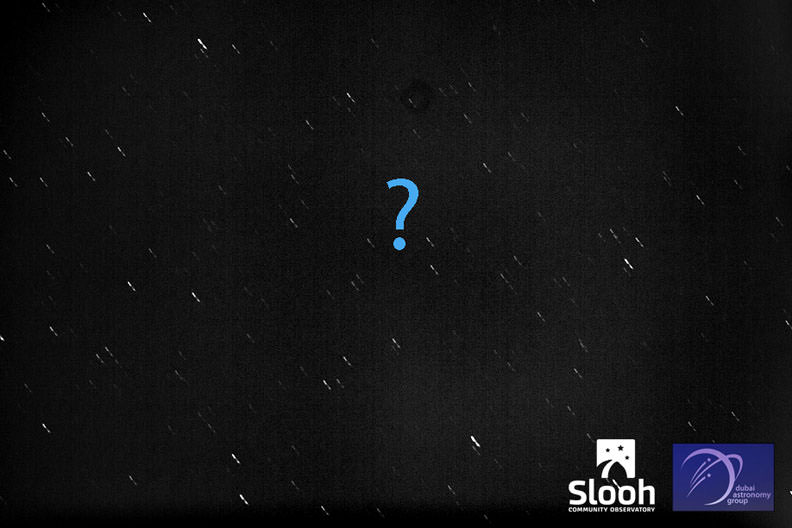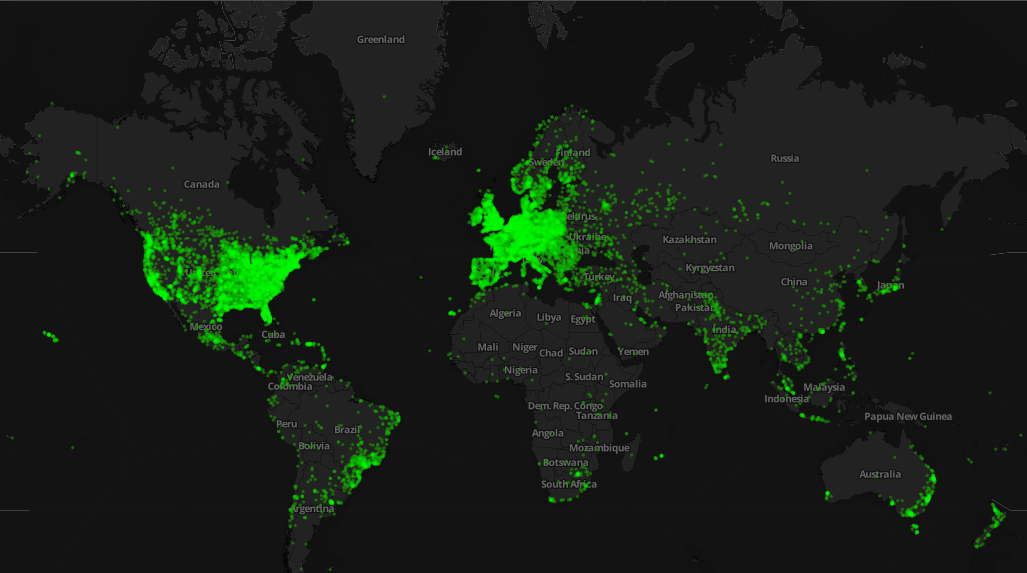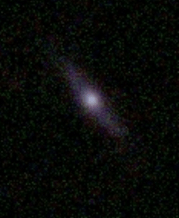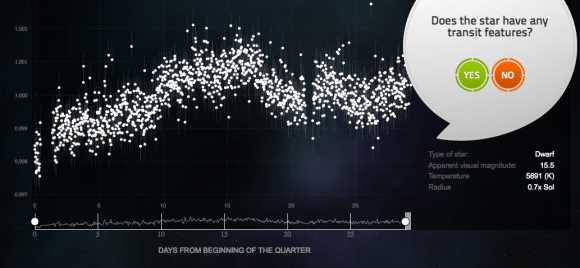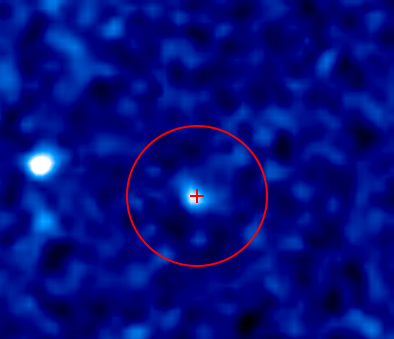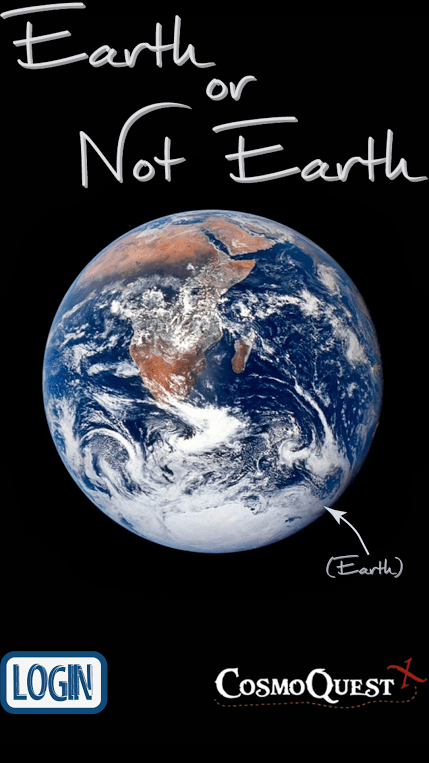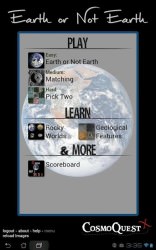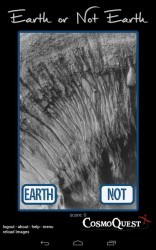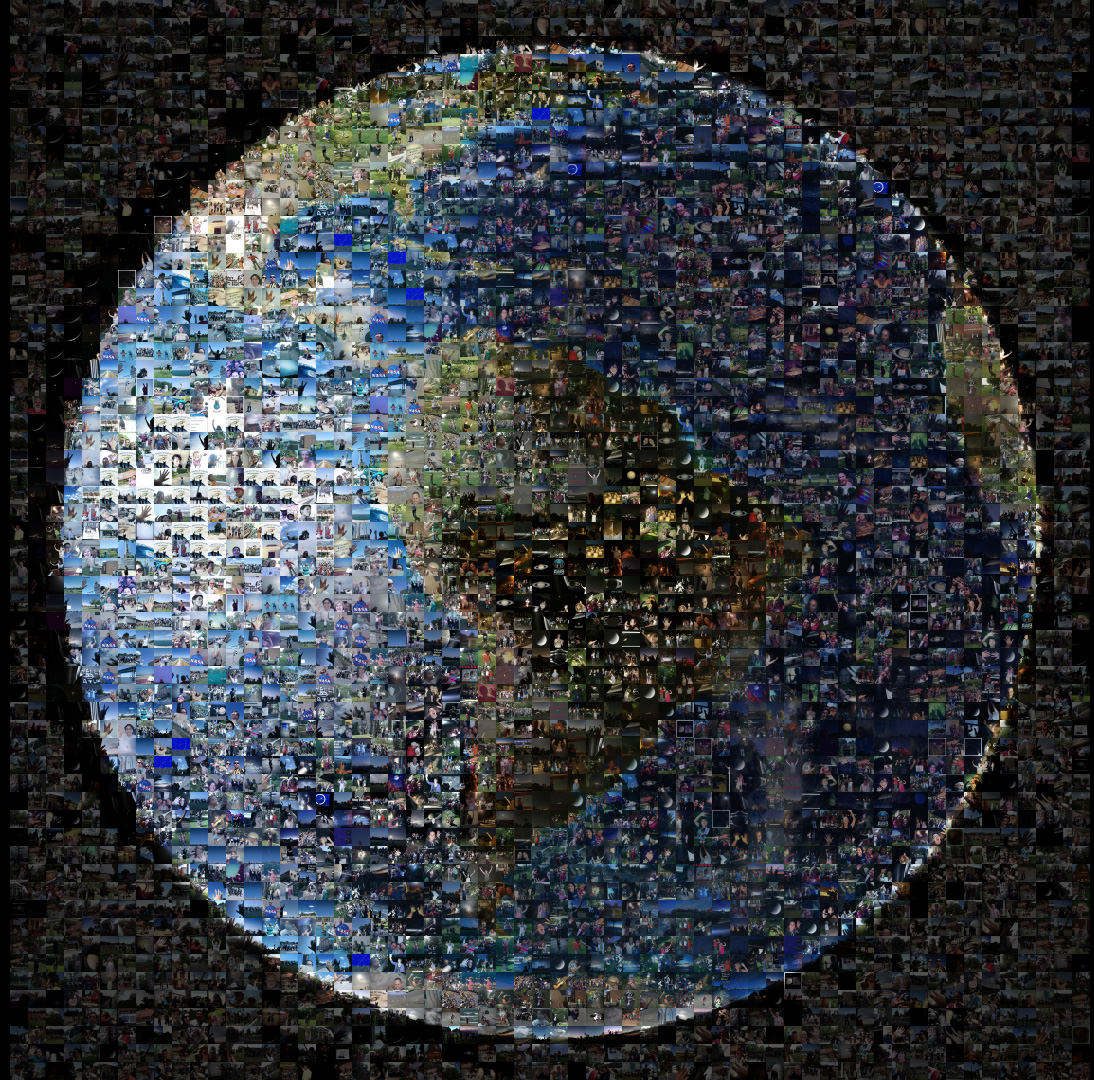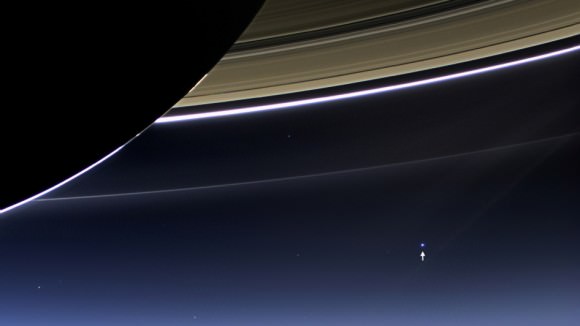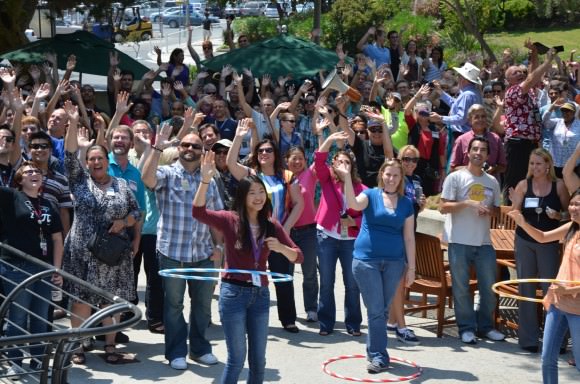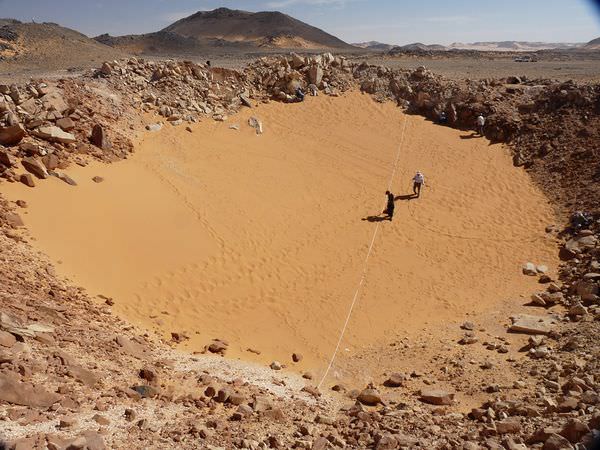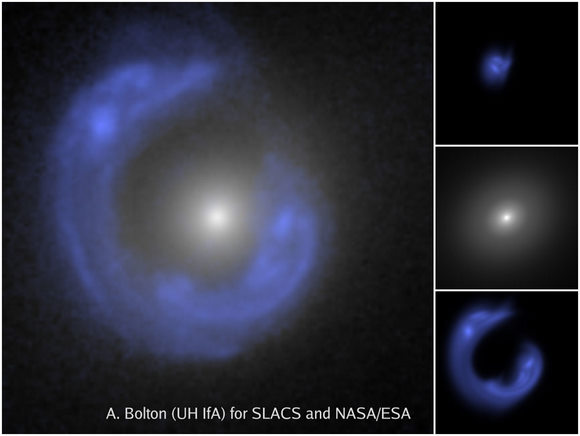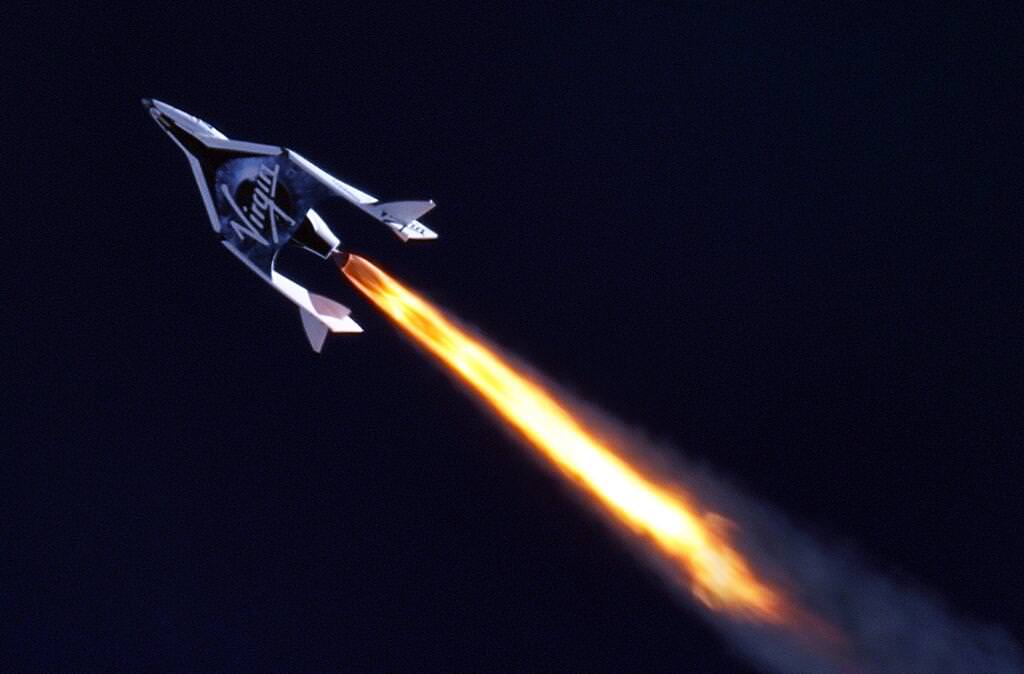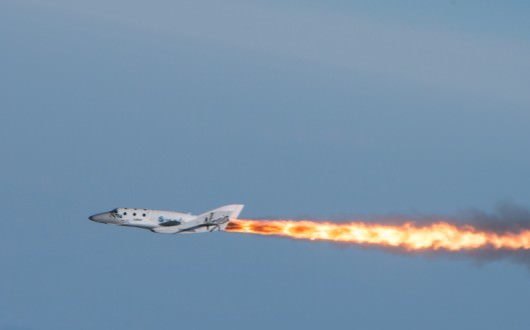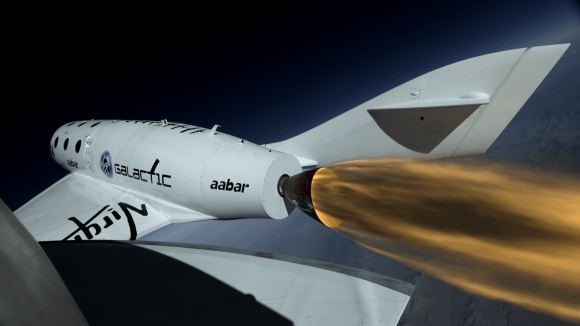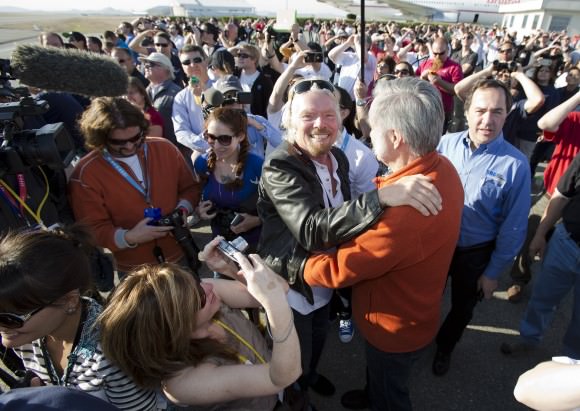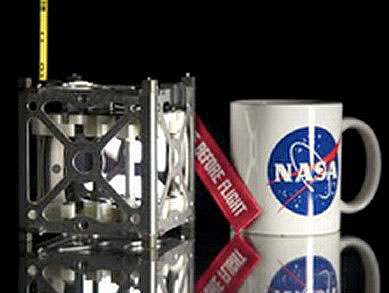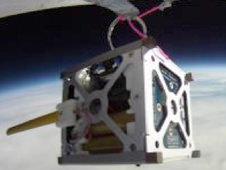Live in the New York City tri-state area, or anywhere near the path above? One of the most unusual big ticket astronomical events of 2014 occurs on in the morning hours of Thursday March 20th, when the asteriod 163 Erigone “blocks” or occults the bright star Regulus.
This is brightest star to be occulted by an asteroid for 2014, and has a potential to be observed by millions.
Occultations of stars by asteroids are often elusive events, involving faint stars and often occurring over remote locales. Not so with this one. In fact, the occultation of Regulus on March 20th will result in an “asteroid shadow” passing over viewers across the populous areas of New York and adjoining states in the U.S. northeast before racing into Canada.
And unlike most asteroid occultations, you won’t need any special equipment to detect this event. Shining at magnitude +1.3, Regulus is an easy and familiar naked eye object and is the 22nd brightest star in the sky. And heck, it might be interesting just to catch a view of the constellation Leo minus its brightest star!
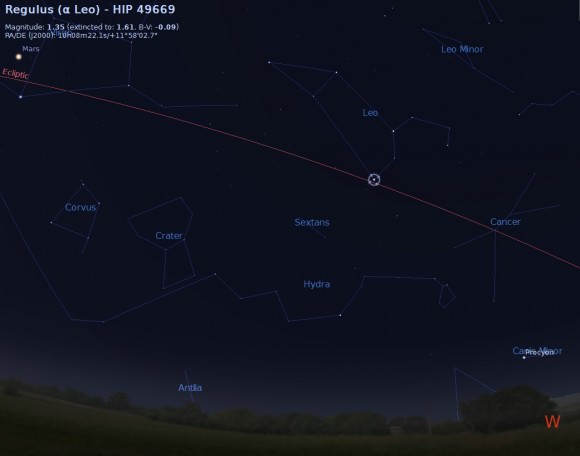
Asteroid 163 Erigone shines at magnitude+12.4 during the event. At 72 kilometres in diameter and 1.183 A.U.s distant during the occultation, 163 Erigone was discovered by French astronomer Henri Joseph Perrotin on April 26th, 1876.
There’s a great potential to learn more not only about 163 Erigone during the event, but Regulus itself. Amateur observations will play a key role in this effort. The International Occultation Timing Association (IOTA) seeks observations from this and hundreds of events that occur each year. Not only can such a precise measurement help to pin down an asteroid’s orbit, but precise timing of the occultation can also paint a “picture” of the profile of the asteroid itself.
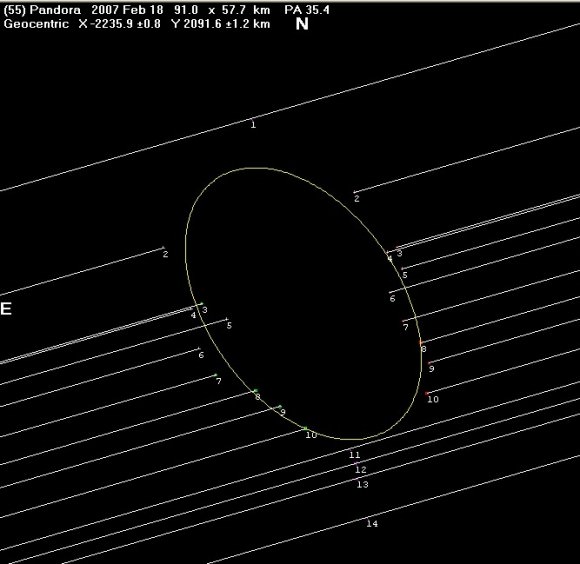
Regulus also has a faint white dwarf companion, and it’s just possible that it may be spied a fraction of a second before or after the event. Does 163 Erigone have a moon? Several asteroids are now known to possess moons of their own, and it’s just possible that 163 Erigone could have a tiny unseen companion, the presence of which would be revealed by a small secondary event. Observers along and outside the track from Nova Scotia down to Kentucky are urged to be vigilant for just such a surprise occurrence:
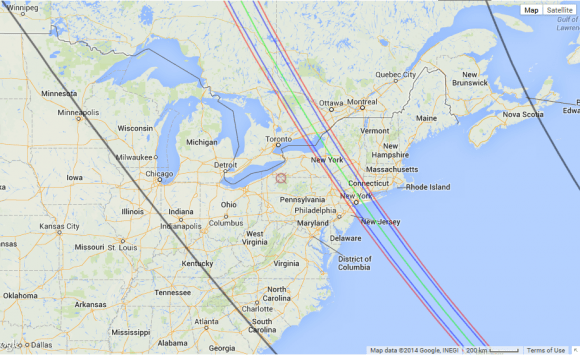
The maximum duration for the event along the centerline is 14.3 seconds, and the rank for the event stands at 99%, meaning the path is pretty certain.
The shadow touches down on Earth in the mid-Atlantic at 5:53 Universal Time (UT), and grazes the island of Bermuda before making landfall over Long Island New York, New Jersey, Connecticut and northeastern Pennsylvania just after 6:06 UT/2:06 AM EDT. From there, the shadow of the asteroid heads to the northwest and crosses Lake Ontario into Canada before passing between the cities of Ottawa and Toronto just before 6:08 UT. Finally, it crosses out over Hudson Bay and Nunavut before departing the surface of our fair planet at 6:22 UT.
The path is about 117 kilometres wide, and the “shadow” races across the surface of the Earth at about 2.8 kilometres per second from the southeast to the northwest.

Timing an occultation can be accomplished via audio or video recording, though accurate time is crucial for a meaningful scientific observation. The IOTA has a complete explanation of tried and true methods to use for capturing and reporting the event.
We had a chance to catch up with veteran asteroid occultation observer Ted Blank concerning the event and the large unprecedented effort underway to capture it.
He notes that Regulus stands as the brightest star that has been observed to have been occulted by an asteroid thus far when 166 Rhodope passed briefly in front of it on October 19th, 2005.
“This is the best and brightest occultation ever predicted to occur over a populated area, and that covers the entire 40 years of predictive efforts,” Mr. Blank told Universe Today concerning the upcoming March 20th event.
The general public can participate in the scientific effort for observations as well.
“We’re trying to make a “picket fence” of thousands of observers to catch this asteroid, so the best thing to do is to go out and observe. If they live anywhere near or in the path, just step outside (or watch from a warm house through a window). Make sure they are looking at the right star,” Mr. Blank told Universe Today. “If they can travel an hour or so to be somewhere in the predicted path, by all means do so – they’ll be home and back in bed well before rush hour starts! Then report what they saw at the public reporting page. If no occultation was seen, report a miss. This is more important that people think, since “miss” observations define the edges of the asteroid.”
There is also a handy “Occultation 1.0” timing app now available for IPhone users for use during the event.
Mr. Blank also plans to webcast the occultation live via UStream, and urges people to check the Regulus2014 Facebook page for updates on the broadcast status, as well as the final regional weather prospects leading up event next week. For dedicated occultation chasers, mobility and the ability to change observing locale at the last moment if necessary may prove key to nabbing this one. One of our preferred sites to check the cloud cover forecast prior to observing any event is the Clear Sky Chart.
This promises to be a historic astronomical event. Thanks to Ted Blank and Brad Timerson at the IOTA for putting the public outreach project together for this one, and be sure not to miss the occultation of Regulus on March 20th!

